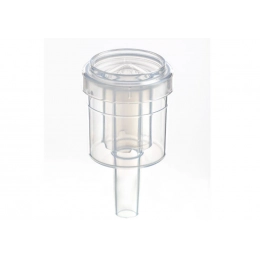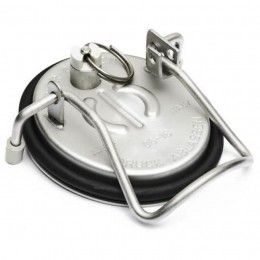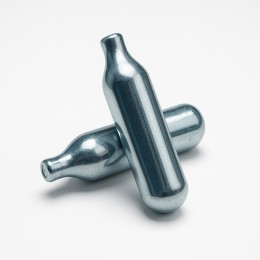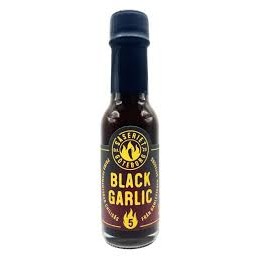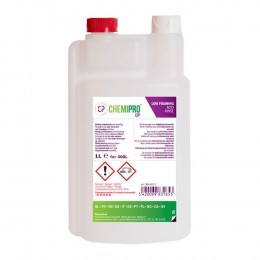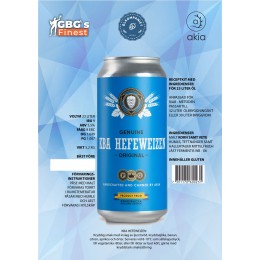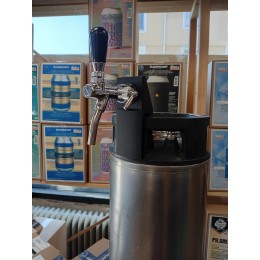- Hem
- Jäst
- Jästnäring
- Jästnärsalt för mjöd
Jästnärsalt för mjöd
Jästnärsalt DAP för mjöd
Rekommenderad vid tillverkning av vin, cider och mjöd. Används oftast vid tillverkning av mjöd på grund av att näringsinnehållet i honung är lågt. DAP eller diammoniumfosfat är en källa till kväve som jästen behöver. Vid ölbryggning finns normalt tillräckligt med kväve i vörten.
OBS: tillsätt inte DAP till den rehydrerade jästen före jästtillsatsen! DAP är skadligt under rehydreringen pga hög koncentration.
Räcker till: 23-50 lit
Dosering: 0,2 - 0,5 g / lit, tillsätt efter 24 timmar av jäsningen.
Innehåller: DAP, diammoniumfosfat (NH4)2HPO4
Vikt: 10 gram
WHAT IS THE DIFFERENCE BETWEEN YEAST ENERGIZER AND YEAST NUTRIENT?
It is important to remember that Yeast Energizers and Yeast Nutrients are not the same thing.
Although Yeast Energizers are types of nutrient blends, they also contain components such as vitamin B, diammonium phosphate, tricalcium phosphate, magnesium sulphate, and yeast hulls. Yeast energizers are particularly useful to restart a stuck fermentation, as it allows yeast populations to increase in a brew or wine which likely has been depleted of these components due to an earlier yeast population growth. The additional components included in Yeast Energizers are most effective when added 24 hours or more after pitching.
Yeast Nutrients provide nitrogen and ammonium phosphate to the yeast. The nitrogen is used for amino acid generation, while phosphate contributes towards various energetic requirements for the yeast. You'll find urea is sometimes included as a source of nitrogen but not phosphorous. Yeast Nutrients are usually added the yeast prior to pitching.
When to use and energizer or a nutrient:
- Unless you are using a lot of sugar (Note: many prepared inexpensive malt extracts and grape concentrates do use lots of sugar) you will have no need of either a yeast nutrient or a yeast energizer under most typical circumstances of normal alcohol beers and wines production.
- Montrachet yeast in white wines need some form of extra nitrogen to avoid hydrogen sulfide formation, even under normal circumstances. It is unusual in this requirement. In the absence of sufficient oxygen -based amino acids this yeast goes after the sulfur based ones and generates hydrogen sulfide as a side product. To prevent this an additional source of nitrogen is suggested.


